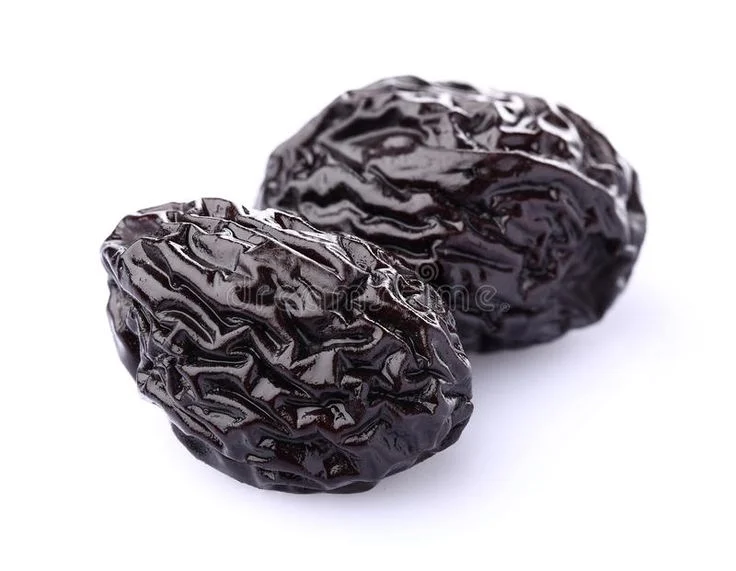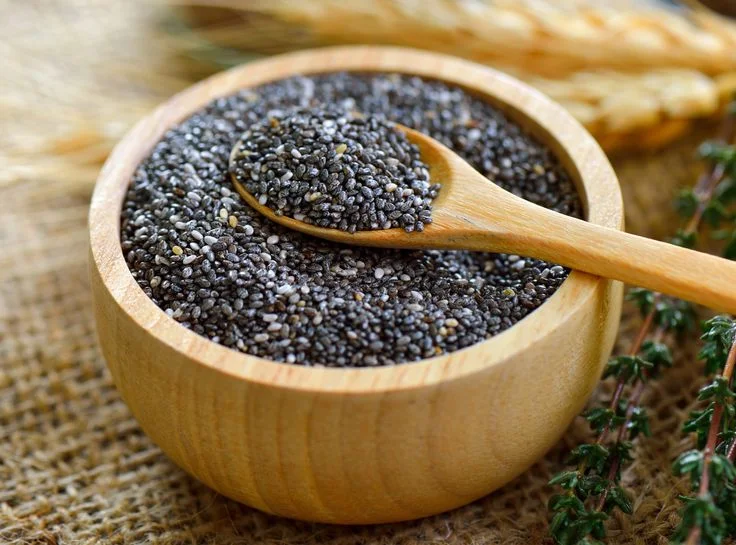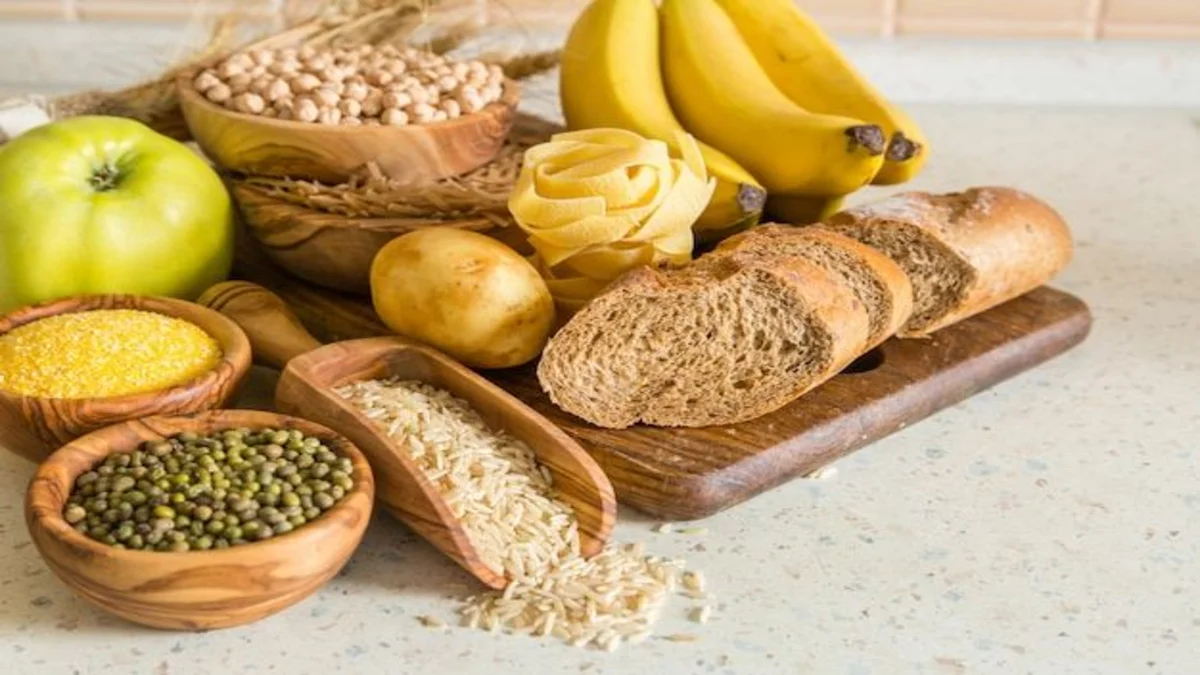Help your child find gentle relief with our top safe and effective natural laxatives for kids. Discover the best remedies for their digestive well-being.
Constipation is a common issue in children that can cause discomfort and frustration for both the child and parents. While there are over-the-counter laxatives available, many parents prefer to use natural remedies for their children. But with so many options out there, how do you know which ones are safe and effective for kids?
Constipation in Kids
Roughly 30–35% of children experience constipation, which is very frequent in children. According to Dr. Granger, there are several reasons why toddlers and preschool-aged children make up the greatest age group.
According to Dr. Granger, “a variety of issues that affect elimination can be the cause of your child’s constipation.” “It can range from infrequent bowel movements to painful, large, hard stools, and even inadvertently passing stools because of accumulation.”
Constipation in children might manifest as any of the following symptoms:
- Two or fewer bowel movements each week.
- Hard stools (balls or solid stools).
- Painful bowel motions.
- Blood in the stool or wiping (a tiny fissure or tear in the rectum)
- Firm or uncomfortable abdomen, especially after meals.
- Fear of using the toilet (accompanied by unpleasant bowel motions)
- Decreased appetite
Natural Laxatives for Kids
Natural laxatives for children can be a gentle and effective solution to treat constipation and encourage regular bowel movements without using harsh chemicals or pharmaceuticals. Here are some safe and natural alternatives:
1. Prunes

Prunes, or dried plums, have a high fiber content and inherent laxative qualities, making them a popular cure for constipation. Sorbitol, a sugar alcohol found in them, aids in the softening of stools and encourages bowel motions. Prunes can be drunk as prune juice or eaten whole.
2. Fiber-rich Foods
Fiber-rich foods aid in giving stools more volume and encourage regular bowel motions. Make sure your child’s diet is rich in whole grains, legumes, fruits, and veggies. Apples, pears, berries, broccoli, peas, beans, whole grain bread, and cereal are a few examples.
3. Water

Urge your child to stay hydrated throughout the day by drinking lots of water. Drinking enough water makes feces softer and easier to pass. Limit sugary drinks, which can exacerbate constipation and dehydration, and serve water with meals and snacks instead.
4. Flaxseeds
Omega-3 fatty acids and fiber-rich ground flaxseeds can help control bowel motions. Ground flaxseeds can be used for smoothies, yogurt, cereal, and baked products like pancakes and muffins.
5. Chia Seeds

Chia seeds, like flaxseeds, are rich in fiber and may aid in encouraging regularity. They can help soften stools and ease bowel motions because they absorb water and become a gel-like substance in the intestines. You may incorporate chia seeds into homemade granola bars, puddings, and smoothies.
6. Yogurt with Probiotics
Probiotics are good bacteria that promote intestinal well-being. Live and active cultures in yogurt can support regular bowel movements and help keep the balance of gut bacteria in a healthy range. For optimal results, select plain yogurt free of added sugars and flavors.
7. Physical Activity
Encourage your child to exercise regularly because it can help reduce constipation and stimulate the intestines. Playing outside, swimming, or running might help keep things flowing easily.
8. Warm Baths
Abdominal muscle relaxation and improved bowel movement can be achieved with a warm bath. To assist treat constipation, encourage your child to soak in a warm bath for ten to fifteen minutes.
Causes of Constipation In Kids
Kids’ constipation can be brought on by several things, from nutrition and hydration to underlying medical issues. These are a few typical reasons:
Dietary Factors: One of the most frequent causes of constipation in children is a low-fiber diet. Fiber encourages regular bowel motions and helps give feces more volume. A child’s risk of constipation may increase if their diet is deficient in fruits, vegetables, whole grains, and legumes.
Dehydration: Dehydration from not drinking enough water can cause stiff, dry stools that are difficult to pass. Constipation can be avoided by encouraging kids to drink lots of water throughout the day.
Lack of Physical Activity: Frequent exercise encourages the intestines’ muscles to contract, which in turn helps induce bowel motions. Constipation may be more common in kids who have sedentary lives or spend excessive amounts of time sitting down.
Changes in Routine or Environment: Kids can get constipated from changes in their routine, traveling, starting school, or other life events. These changes might cause stress and concern, which can affect bowel movements.
Holding Back Bowel Movements: Some kids may hold back on having bowel movements out of discomfort, embarrassment, or fear of using strange bathrooms. Over time, holding back stools can cause constipation.
Medications: Many medications, such as certain antidepressants, calcium or aluminum antacids, and pain relievers, can cause constipation as a side effect.
Medical Conditions: Children’s constipation may occasionally be a sign of an underlying medical issue. Constipation can result from diseases that alter intestinal function, such as anorectal malformations, IBS, hypothyroidism, or Hirschsprung’s disease.
Genetics: Some children may be genetically predisposed to constipation. Constipation may be more common in children if it runs in the family.
Toilet Training Issues: Constipation can occasionally result from toilet training if a child has anxiety or withholds stools. Constipation can be avoided by promoting a laid-back approach to toilet training and making sure kids have regular access to the restroom.
When Should I See a Doctor About Constipation in Children?
If your child is suffering any of the following symptoms, Dr. Granger thinks they must consult their doctor:
- Blood in the stool.
- Vomiting due to constipation.
- Severe abdominal ache.
- Children above the age of one do not have everyday soft stools, even home cures.
A healthy diet for children with constipation
While increasing fiber intake may help certain children who have a natural tendency to be constipated, diet plays a less significant role in treating constipation in children than it does in adults. Here are some ideas to help your child eat more fiber-rich foods:
- At least two servings of fruit each day; fruits with the peel on, such as plums, prunes, raisins, apricots, and peaches, are high in fiber.
- Prune juice is a moderate, natural laxative that can help certain youngsters. Prune juice may taste better when combined with other juices like apple, apricot, or cranberry juice. You can use prune juice to make icy poles.
- A minimum of three servings of vegetables every day.
- Avoid refined cereals like Corn Flakes and Rice Bubbles and instead go for less processed cereals like bran cereals, shredded wheat, whole grain cereals, or oatmeal.
- Use wholemeal bread instead of white bread.
Summary
Constipation in children is very common, however, it is not nice to have them. While children with more severe chronic constipation (as well as certain medical disorders) may require medication management, most children can benefit from minor dietary and lifestyle adjustments.
You can experiment at home with a variety of natural cures for constipation. A healthy starting point for your child’s diet is to increase their intake of fiber from fruits, vegetables, legumes, and whole grains. They should also drink adequate water. For the food—as well as the additional fiber—to pass through the GI tract, your child’s body needs enough water.
It can also be beneficial to feed your children foods that are naturally higher in sorbitol. Among them are broccoli, dates, pears, apricots, and prunes. Foods high in probiotics may also help by boosting good bacteria in the stomach.
Kids need to play a lot; try to get them moving for at least sixty minutes a day.
Make sure to speak with your child’s pediatrician and/or ask for a referral to see a pediatric nutritionist if you’ve tried all of these strategies and your child is still having difficulties. If you have any more queries, you can email me as well.
FAQs
What helps kids poop right away?
Prunes, apples, and pears are all foods that can aid with constipation in children. These are nature’s laxatives. These fruits contain the sugar “sorbitol,” which attracts water into the colon and softens the feces. Serve these items with water to aid in bowel movements.
What is the quickest natural laxative?
Does olive oil help with constipation?
What juice is a laxative for kids?
References
- https://www.ncbi.nlm.nih.gov/books/NBK537037/ Natural Laxatives
- https://www.ncbi.nlm.nih.gov/pmc/articles/PMC8007206/ Natural Laxatives
- https://www.ncbi.nlm.nih.gov/pmc/articles/PMC4768242/ Natural Laxatives
- https://www.mayoclinic.org/diseases-conditions/constipation-in-children/symptoms-causes/syc-20354242 Causes of Constipation In Kids
Disclaimer
This information is intended to support, not replace, discussion with your doctor or healthcare professionals. The authors of these consumer health information handouts have made a considerable effort to ensure the information is accurate, up-to-date, and easy to understand. The Royal Children’s Hospital Melbourne accepts no responsibility for any inaccuracies, information perceived as misleading, or the success of any treatment regimen detailed in these handouts. Information contained in the handouts is updated regularly and therefore you should always check you are referring to the most recent version of the handout. The onus is on you, the user, to ensure that you have downloaded the most up-to-date version of a consumer health information handout.





